20.02.–10.05.2015 | Kumu Art Museum
The exhibition deals with dark, Gothic themes in art and visual culture, and analyses their relationship with the world of beauty, advertising and glamour. Although Gothic culture is rooted in the Middle Ages, many of the art styles that came after it used Gothic and added new layers and concepts to it. This is true of Romanticism in particular, but also of art trends and subcultures of the 20th century. Gothic culture has strongly influenced, for example, the punk subculture, which in turn has had an impact on art with its radical aesthetics. Another Gothic wave brushed through Western visual culture in the 1990s, when the visual language of art was influenced by the rapidly growing advertising industry and media, globalisation and terrorism, as well as the daunting “trauma of the era”: AIDS. Today, Gothic can be seen as a platform from which various approaches that combine horror, beauty and supernatural phenomena have risen, along with its dissonant and ambivalent aesthetic code referring to carnal desires and complex psychological states.
Those themes reached Estonia in the last decade of the 20th century. In 1992, the photographers Peeter Laurits and Herkki-Erich Merila founded the group DeStudio, which brought the visual language of advertising into art. They reacted to the “trauma of the era” by using destructive and shifted body images in their works. Toomas Volkmann has also used the arsenal of advertising photography, but the depictions of the human body in his works manifest a more complex treatment of sexuality and gender constructions. Toomas Kalve‘s series “Mortuary”, from the same period, demystifies death, showing it in a prosaic-poetic manner. Ene-Liis Semper and Mark Raidpere exploit their own bodies in art in a brutal and symbolic manner. Semper is interested in the manipulative nature of the body and its naturalness. Raidpere depicts a psychotic experience from its onset to its subsiding in his series “Io”. Raidpere’s work is also a “condition portrait” of the hectic and volatile circumstances of the 1990s.
In the last few years the subject of death has also been approached from an apocalyptic perspective: the 3D animation of the AES + F group “Last Riot” presents a violent yet bloodless fantasy of a technology-based future, where everyone is fighting against everyone, including themselves. The Swedish artist Tobias Bernstrup mixes Gothic art with Romanticism, as well as with the present day. His point of departure is a painting by Caspar David Friedrich which was destroyed in World War II, and he places it in a timeless context, as well as in the context of this day and age. The focus of the legendary Austrian artist Gottfried Helnwein is on the image of the child as someone in a constant state of danger, but also on lust and abjection constructions characteristic of pop culture. Laurentsius‘s portrait of Tilda Swinton, “Fuckin’ Hitchcock”, deals with media-based images of lust. A strong parallel to Helnwein’s incubi is provided by Anton Vill. His paintings composed as a contemporary horror story are terrifying and fascinating, with fantasy and reality presented in a complicated symbiosis, occasionally even with a political undertone. Andres Tali‘s “Van Eyck’s Lamb” shows the pointlessness of violence through the depiction of a sacrificial ritual, moving swiftly between the mediaeval culture of torture and modern brutality. Billeneeve and Kris Lemsalu take a more playful approach to the subject with their grotesque costumes, creating an imaginative false-mirror picture of morbid themes. The metal and punk band Winny Puhh combine the absurd and the horrifying with vigorous stage activity, pushing the boundaries between art and auto-aggression.
The exhibition can be approached through the authors and their works in various ways. One possibility is to take it as a reflection of hectic political and social developments; another possibility, which is partly associated with the previous one, is to see it as an expression of the contemporary horror genre, in which numerous sci-fi and horror films and stories are rooted. The world today is restless and complicated. Political situations are complex and very often cannot be discussed directly. Issues that are suppressed, or intuitive and inexplicable due to their complexity, have always been expressed through art, and this is still so.
The curators of the exhibition are Eha Komissarov and Kati Ilves.
The exhibition “Death and Beauty. The Contemporary Gothic in Art and Visual Culture” will remain open at the Kumu Art Museum until 10 May 2015.
Exhibition may contain disturbing material.
Participating artists: AES + F, Tobias Bernstrup, Billeneeve, DeStudio, Gottfried Helnwein, Toomas Kalve, Laurentsius, Peeter Laurits, Kris Lemsalu, Mark Raidpere, Ene-Liis Semper, Andres Tali, Anton Vill, Toomas Volkmann and Winny Puhh
Works from the collections of: the Art Museum of Estonia, Tartu Art Museum, Andréhn-Schiptjenko gallery, Multimedia Art Museum (Moscow) and private collections.
Exhibition designers: Helen Oja and Raul Kalvo
Graphic designer: Kaarel Nõmmik (Stuudio Stuudio)
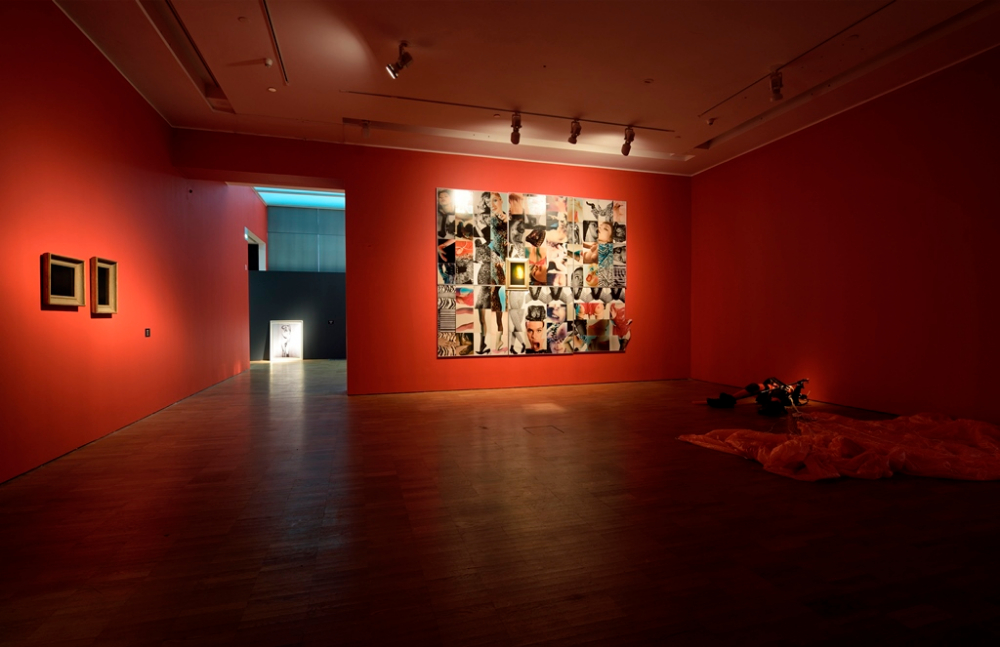
Death and Beauty. The Contemporary Gothic in Art and Visual Culture, 2015, exhibition view. Photograph by Stanislav Stepaško.
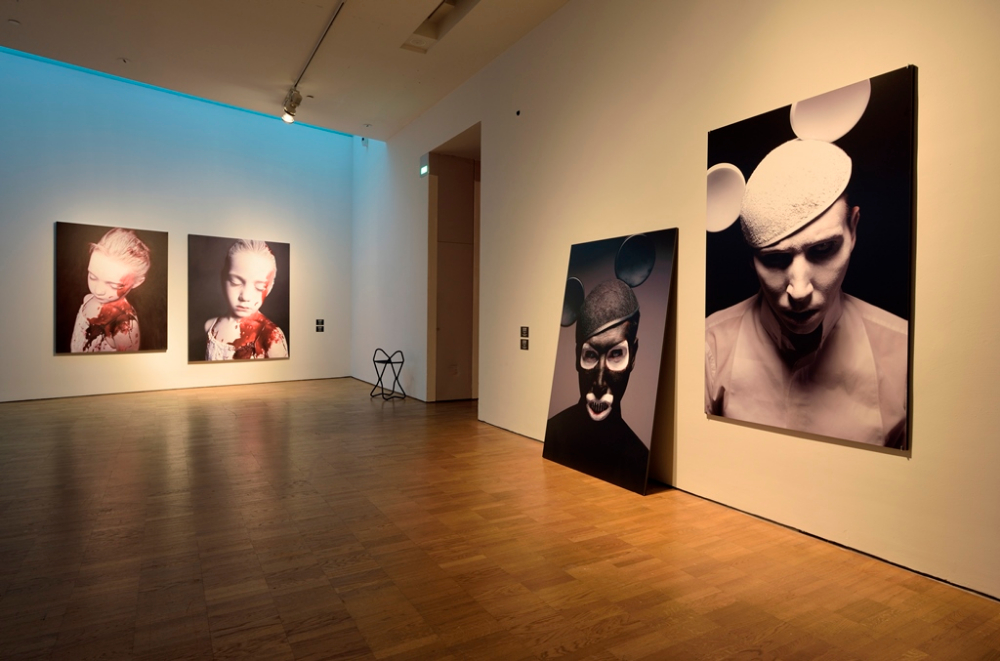
Death and Beauty. The Contemporary Gothic in Art and Visual Culture, 2015, exhibition view. Photograph by Stanislav Stepaško.
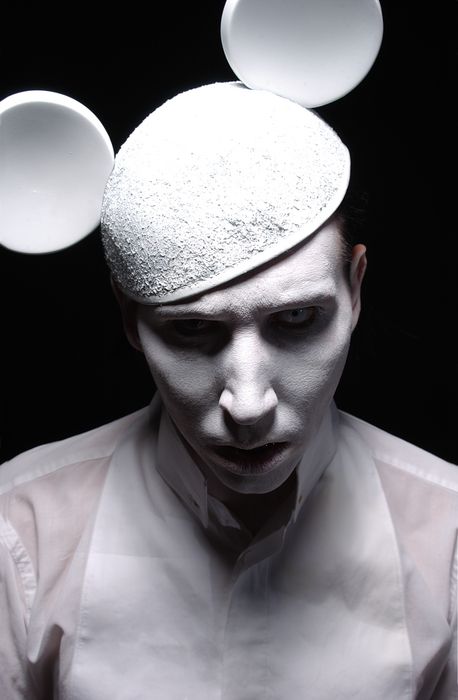
Gottfried Helnwein, The Golden Age 2 (Marilyn Manson), 2003, photograph. Courtesy of the artist.
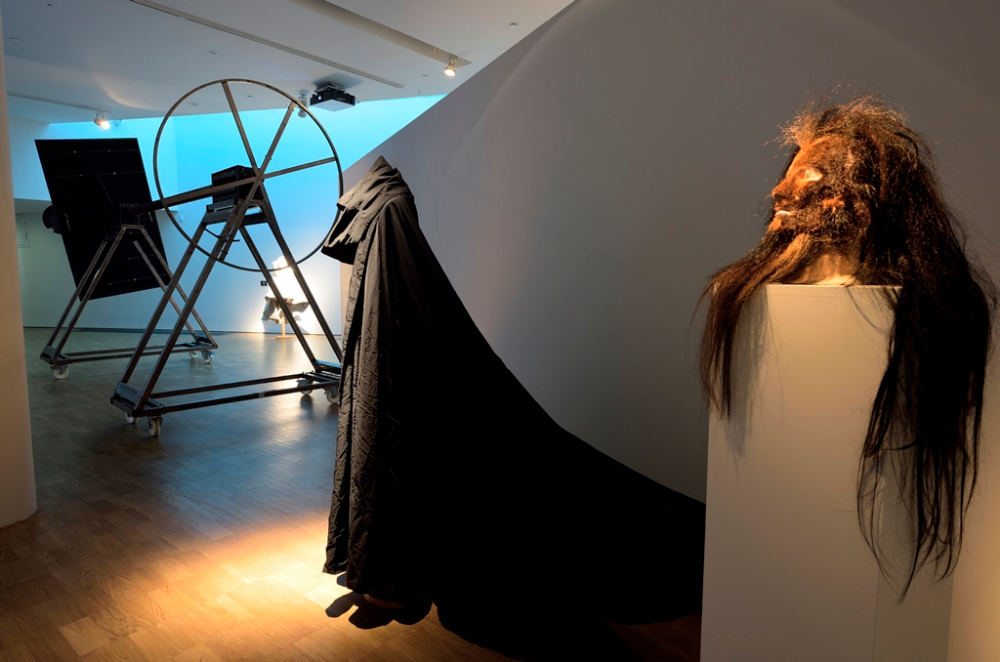
Death and Beauty. The Contemporary Gothic in Art and Visual Culture, 2015, exhibition view. Photograph by Stanislav Stepaško.
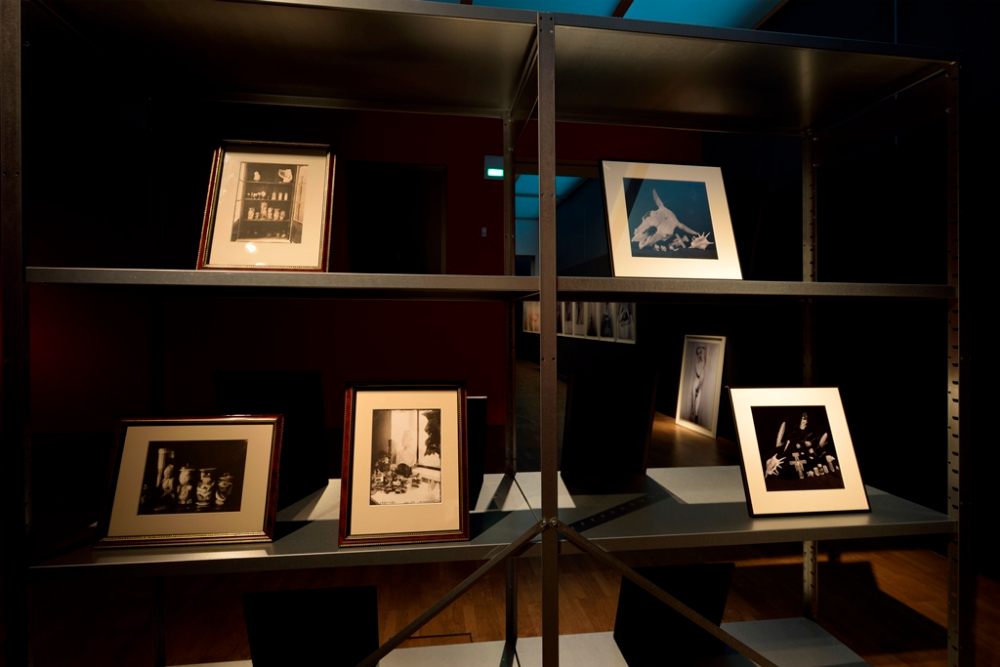
Death and Beauty. The Contemporary Gothic in Art and Visual Culture, 2015, exhibition view. Photograph by Stanislav Stepaško.
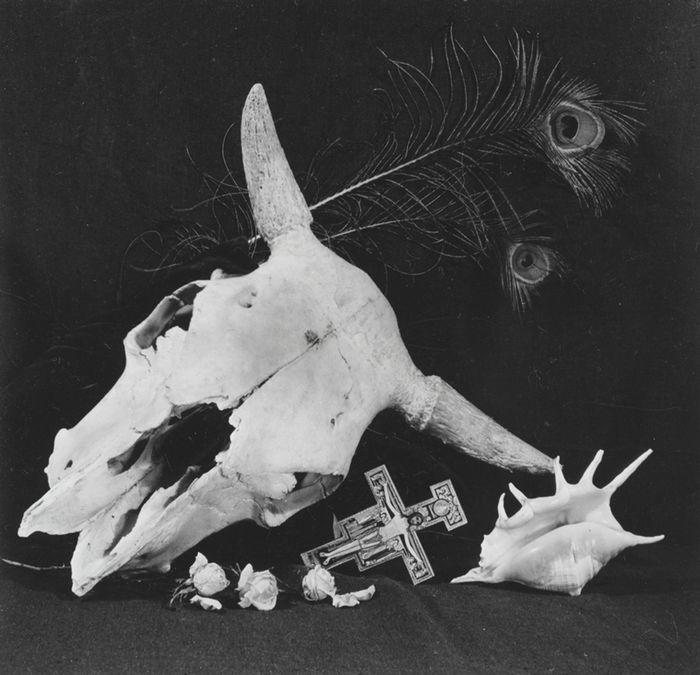
Toomas Volkmann, Pillow 1., 1989, photograph. Courtesy of the artist.
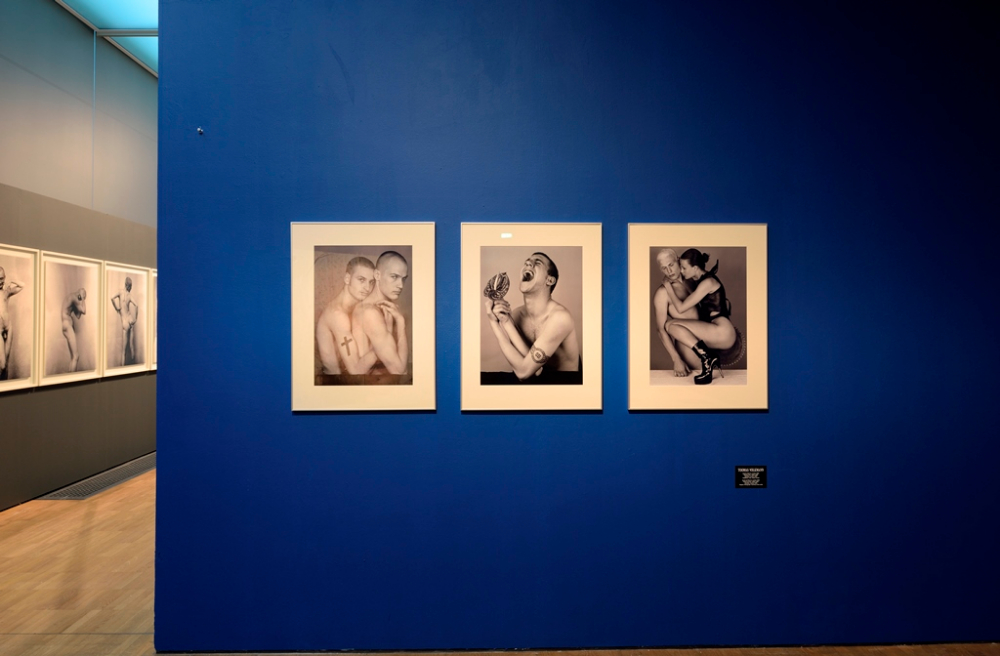
Death and Beauty. The Contemporary Gothic in Art and Visual Culture, 2015, exhibition view. Photograph by Stanislav Stepaško.
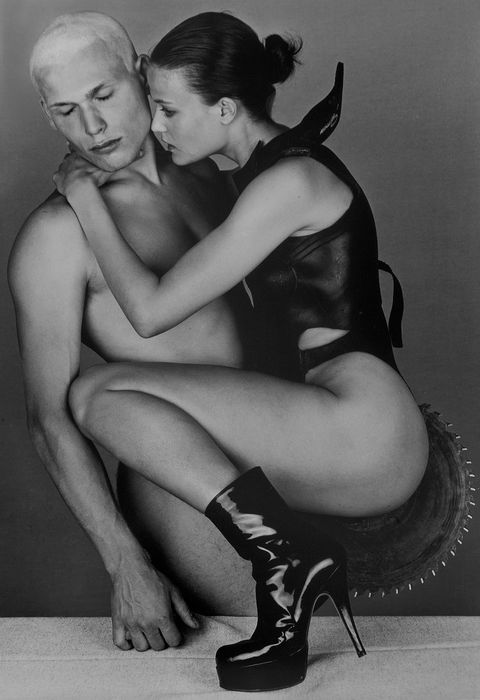
Toomas Volkmann, Kei and Pärtel, 1995, detail of triptych, photograph. Courtesy of the Artist.
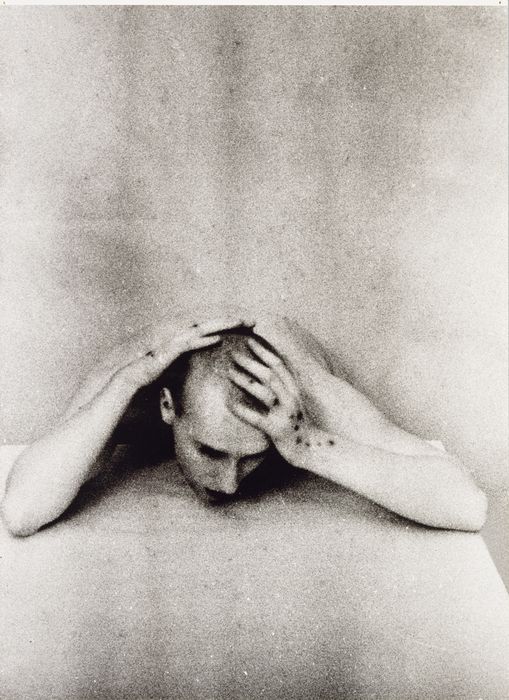
Mark Raidpere, Io., 1997, series of photographs. Art Museum of Estonia.
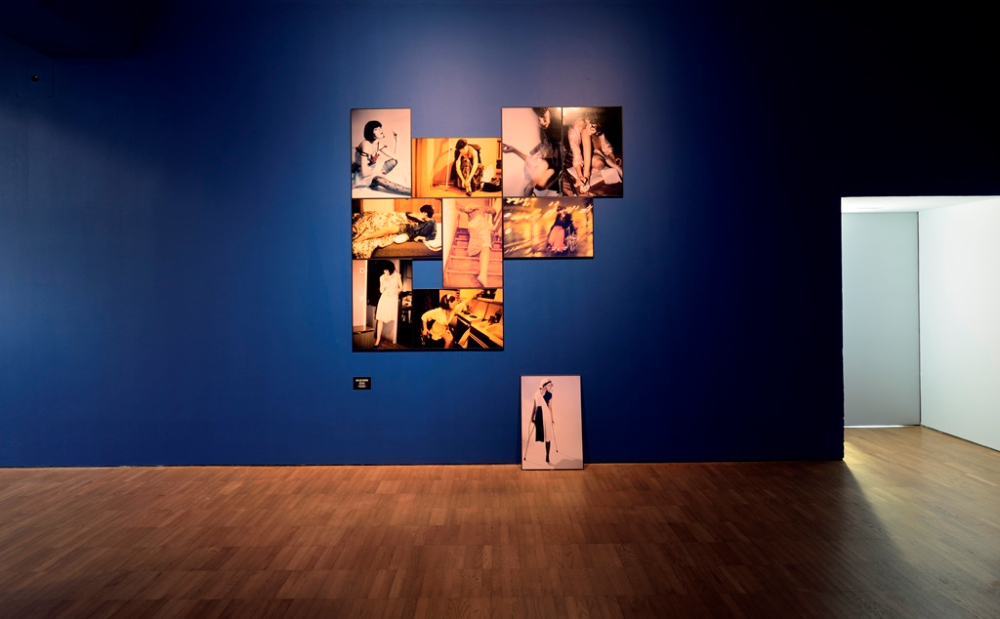
Death and Beauty. The Contemporary Gothic in Art and Visual Culture, 2015, exhibition view. Photograph by Stanislav Stepaško.
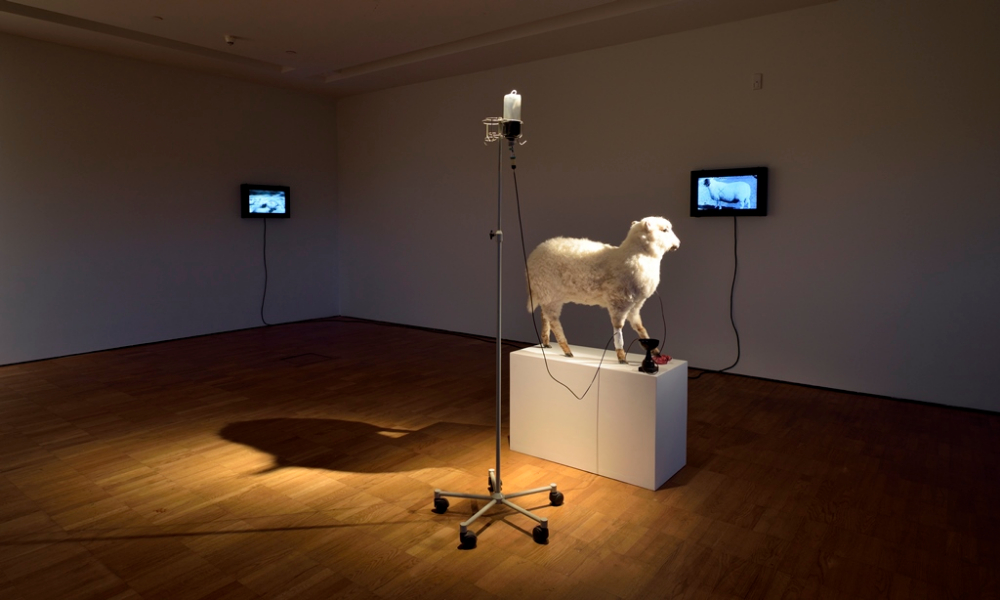
Death and Beauty. The Contemporary Gothic in Art and Visual Culture, 2015, exhibition view. Photograph by Stanislav Stepaško.
Photographs by Stanislav Stepaško
























